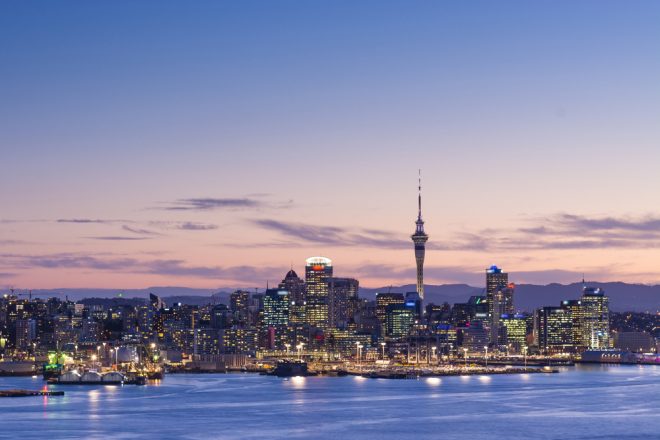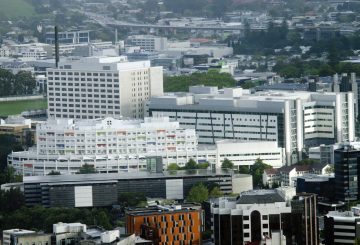Địa danh mang tính biểu tượng của Auckland là Sky Tower vừa kỷ niệm sinh nhật lần thứ 25 vào ngày 3 tháng 8. Tòa tháp đã đi từ những khởi đầu gây tranh cãi – nhiều người phản đối rằng tòa tháp có kích thước thống trị đường chân trời của Auckland – đến trở thành một biểu tượng và đặc trưng được yêu thích của Thành phố.
Hơn 10 triệu người đã đến thăm Tòa Tháp này kể từ khi nó được xây dựng bởi Fletcher Construction vào năm 1997. Với độ cao 328 mét, đây là kiến trúc cao nhất ở Nam bán cầu.
Giám đốc điều hành của SkyCity, Michael Ahearne, cho biết Tòa Tháp là một trong những địa điểm du lịch được tham quan nhiều nhất trong cả nước: “SkyCity sở hữu Tòa Tháp, nhưng thực sự chúng tôi chỉ là người trông coi nó – nó thực sự thuộc về người dân Auckland.”
Một đặc điểm nổi tiếng của Tòa Tháp là khả năng thắp sáng với nhiều màu sắc khác nhau cho các tổ chức từ thiện như Ngày Ruy băng hồng, sáng kiến cộng đồng, ngày lễ quốc gia, các mốc quan trọng hoặc các lễ kỷ niệm hoặc sự kiện khác.
Ghi chú:
Sky Tower có 65 tầng, và tổng cộng 1.267 cầu thang dẫn từ căn cứ đến Sky Deck, tầng quan sát công cộng cao nhất.
Thang máy sẽ đưa bạn đến:
- SkyLounge (182 m), nơi bạn có thể thư giãn với một ly cà phê trong quán cà phê cao nhất ở New Zealand
- Tầng quan sát chính (186 mét), nơi quan sát chính của Sky Tower. Tản bộ trên sàn kính 38 mm, xem các nguồn cấp dữ liệu thời tiết trực tiếp cập nhật, tìm hiểu về Auckland với máy tính cảm ứng camera trực tiếp, hoặc chỉ đơn giản là ngồi ngắm nhìn khung cảnh ngoạn mục
- SkyDeck (220 mét) là mức quan sát công cộng cao nhất ở Nam bán cầu và cho bạn tầm nhìn tuyệt vời thông qua kính gần như liền mạch
Cơ sở có đường kính lớn hơn mang lại sức đề kháng đầy đủ đối với các lực địa chấn và gió. Tòa Tháp có thể chịu được những cơn bão với gió thổi tới 200 kph/giờ (125 mph) — một sự kiện được dự đoán chỉ xảy ra một lần trong 1.000 năm — và có khả năng lắc lư an toàn một mét ở đỉnh.
Sky Tower được xây dựng để chịu được một trận động đất có độ lớn 7,0 ở 40 km, hay cường độ 8,5 tại 360 km.
Trong trường hợp sét đánh, một kim thu sét mạ vàng dynasphere, đường kính 50 m, được đặt ở đỉnh cột ăng-ten thép 90 mét của tháp. Điều này được thiết kế để thu hút sét, hướng nó xuống cáp và vào nền móng nơi năng lượng được phân tán vào đất.
Thông cáo báo chí: SKYCITY




























































